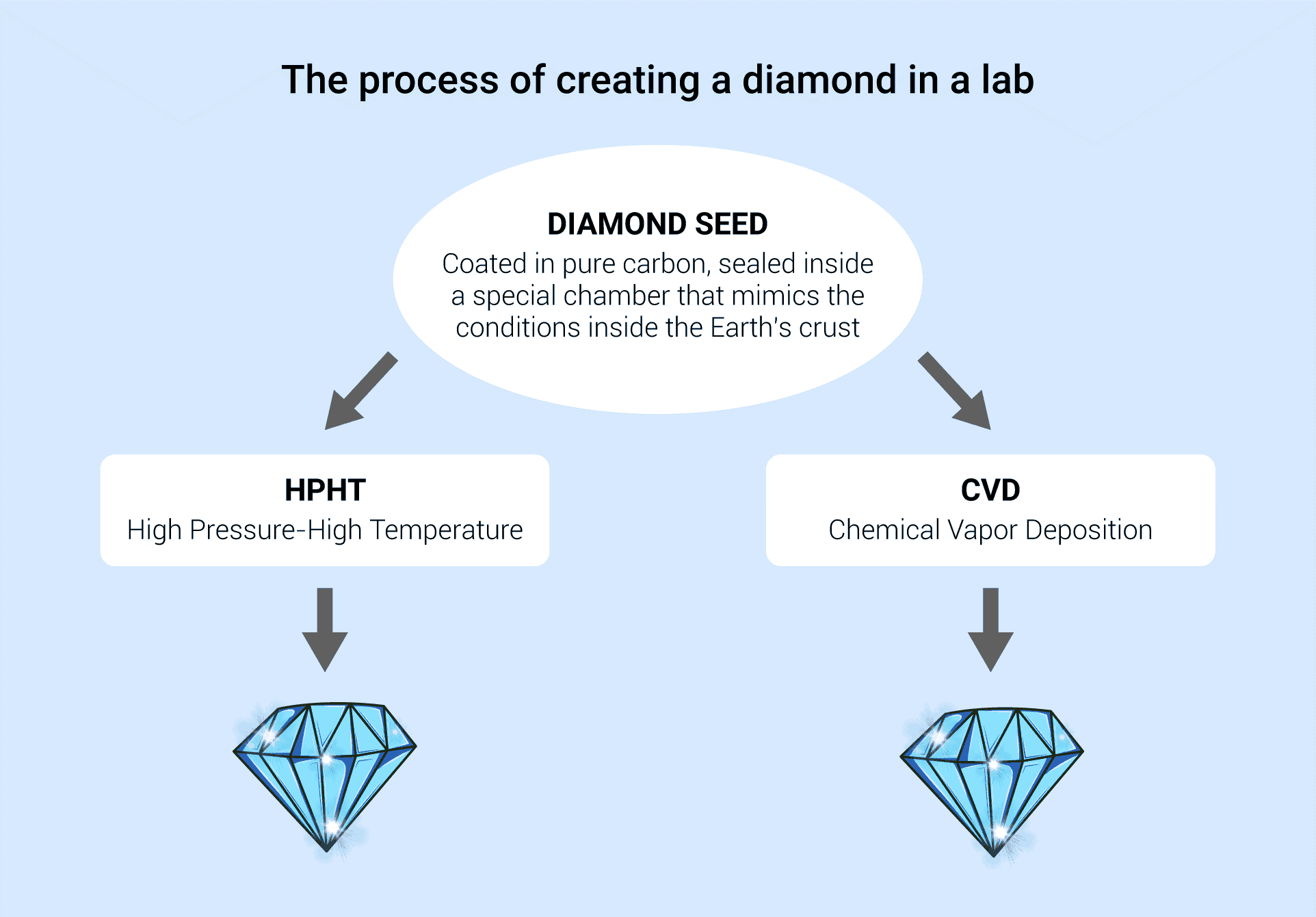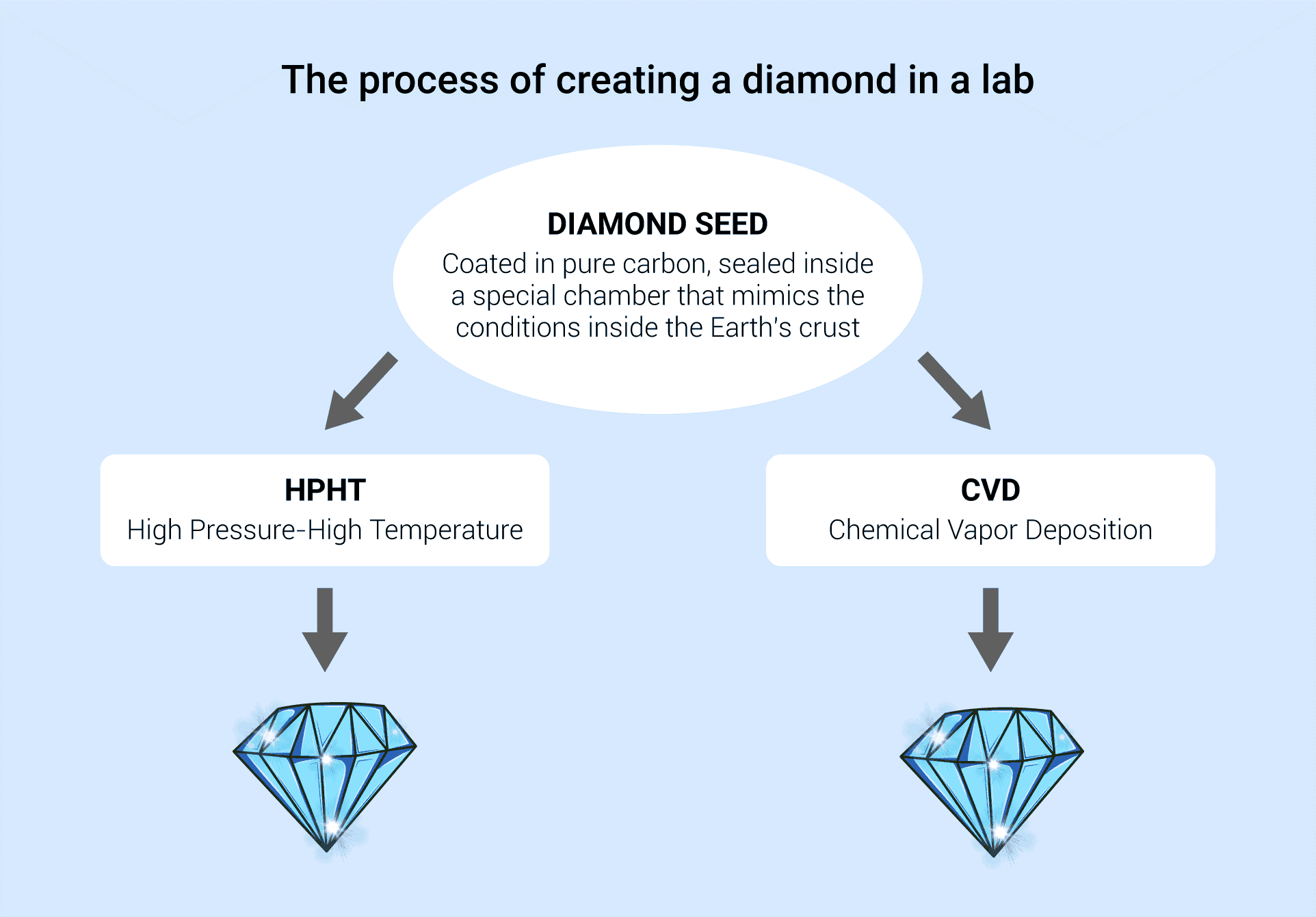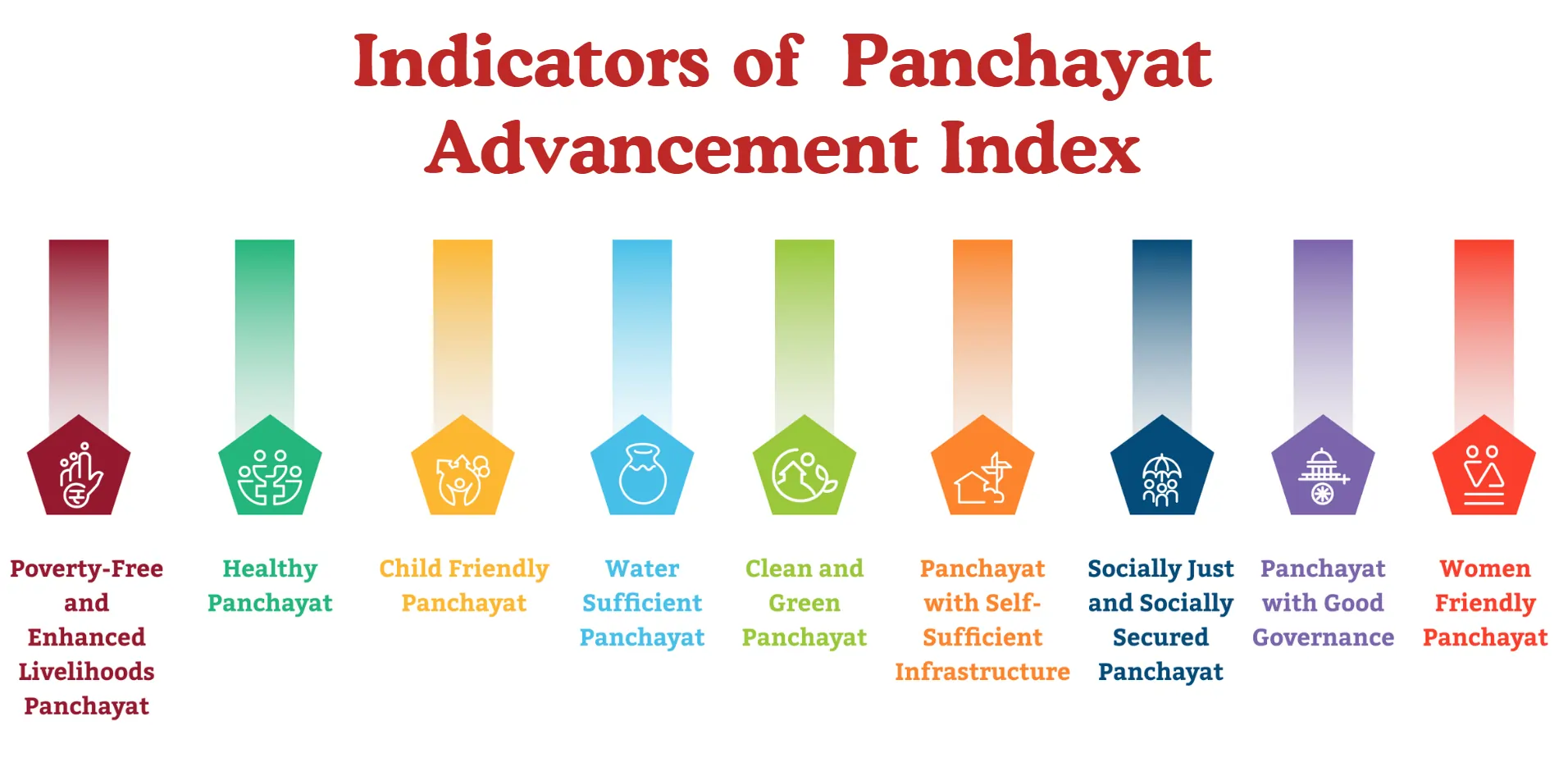- Courses
- GS Full Course 1 Year
- GS Full Course 2 Year
- GS Full Course 3 Year
- GS Full Course Till Selection
- Online Program
- GS Recorded Course
- NCERT (Recorded 500+ Hours)
- Polity Recorded Course
- Geography Recorded Course
- Economy Recorded Course
- AMAC Recorded Course
- Modern India, Post Independence & World History
- Environment Recoded Course
- Governance Recoded Course
- Science & Tech. Recoded Course
- International Relations and Internal Security Recorded Course
- Disaster Management Module Course
- Ethics Recoded Course
- Essay Recoded Course
- Current Affairs Recoded Course
- CSAT
- 5 LAYERED ARJUNA Mentorship
- Public Administration Optional
- ABOUT US
- OUR TOPPERS
- TEST SERIES
- FREE STUDY MATERIAL
- VIDEOS
- CONTACT US
Lab Grown Diamonds
Lab Grown Diamonds
08-02-2023

Why in News?
The 2023 Union Budget had special attention on laboratory-grown diamonds (LGD) as the sector has “high employment potential”.
Lab Grown Diamonds (LGDs):
- Lab-made diamonds are developed from a carbon seed placed in a microwave chamber and superheated into a glowing plasma ball.
- The process creates particles that crystallize into diamonds in weeks.
- The only difference between lab-grown diamond and natural diamond is that instead of digging the earth, it is created in a lab under a machine.
- This tech-based manufacturing directly cuts down the capital and labour-intensive factors of the mined diamond chain and so lab-grown diamonds cost 30-40% cheaper than mined despite being 100% diamond.
- There are two types of lab-grown diamonds:
- CVD (Chemical Vapour Decomposition)
- HPHT (High Pressure High Temperature)

- India particularly specialises and leads in the chemical vapour decomposition (CVD) technology that is certified as the purest type of diamonds.
- According to the report, the Gemmological Institute of America predicted the total annual sales of laboratory diamonds will be more than $100 billion in the not-too-distant future, from about $20 billion today.
- This sector of the diamond is growing at an annual growth rate of 15-20%.
Manufactured processes:
- Naturally-occurring diamonds take millions of years to form, as they are created when carbon deposits buried within the earth are exposed to extreme heat and pressure.
- On the other hand, LGDs are mostly manufactured through two processes, high pressure, high temperature (HPHT) method or Chemical Vapour Deposition (CVD) method.
- Both HPHT and CVD methods of growing diamonds, artificially begin with a seed, means a slice of another diamond.
- In the HPHT method, the seed, along with pure graphite carbon, is exposed to temperatures around 1,500 degrees Celsius and extremely high pressure.
- In the CVD method, the seed is heated to around 800 degrees Celsius inside a sealed chamber filled with a carbon-rich gas. The gas sticks to the seed, gradually building the diamond.
Comparison between Natural Diamond and LGDs:
- Visually and chemically, the two are the same but the environmental footprint of a diamond grown in a laboratory is much lesser than that of a naturally-occurring diamond.
- According to a report by Diamond Foundry, it takes ten times more energy to extract a natural diamond from the earth than it takes in creating one above the ground, in lab.
- Open-pit mining, one of the most common methods of mining naturally-occurring diamonds, involves moving tonnes of earth and rock to extract these precious stones.
Initiatives to Enable the growth of LGDs:
- India is a global leader in cutting and polishing natural diamonds, but as its resources are becoming scarce, the industry is shifting towards LGDs.
- The 2023 Union Budget promises to reduce the basic customs duty on seeds used in the manufacture of lab-grown diamonds in a bid to popularise their production in India, the duty on seeds for rough LGDs will be reduced from 5% to nil.
- A 5-year research grant will also be provided to one of the Indian Institute of Technologies (IITs) for research and development in the field of LGDs.
- Ms. Sitharaman also proposed the creation of new tariff lines to help in better identification of a number of products, including synthetic diamonds.
- The aim of the move is to help facilitate trade as well as to have clarity on availing concessional import duty.
Must Check: Top IAS Coaching Institute In Delhi



